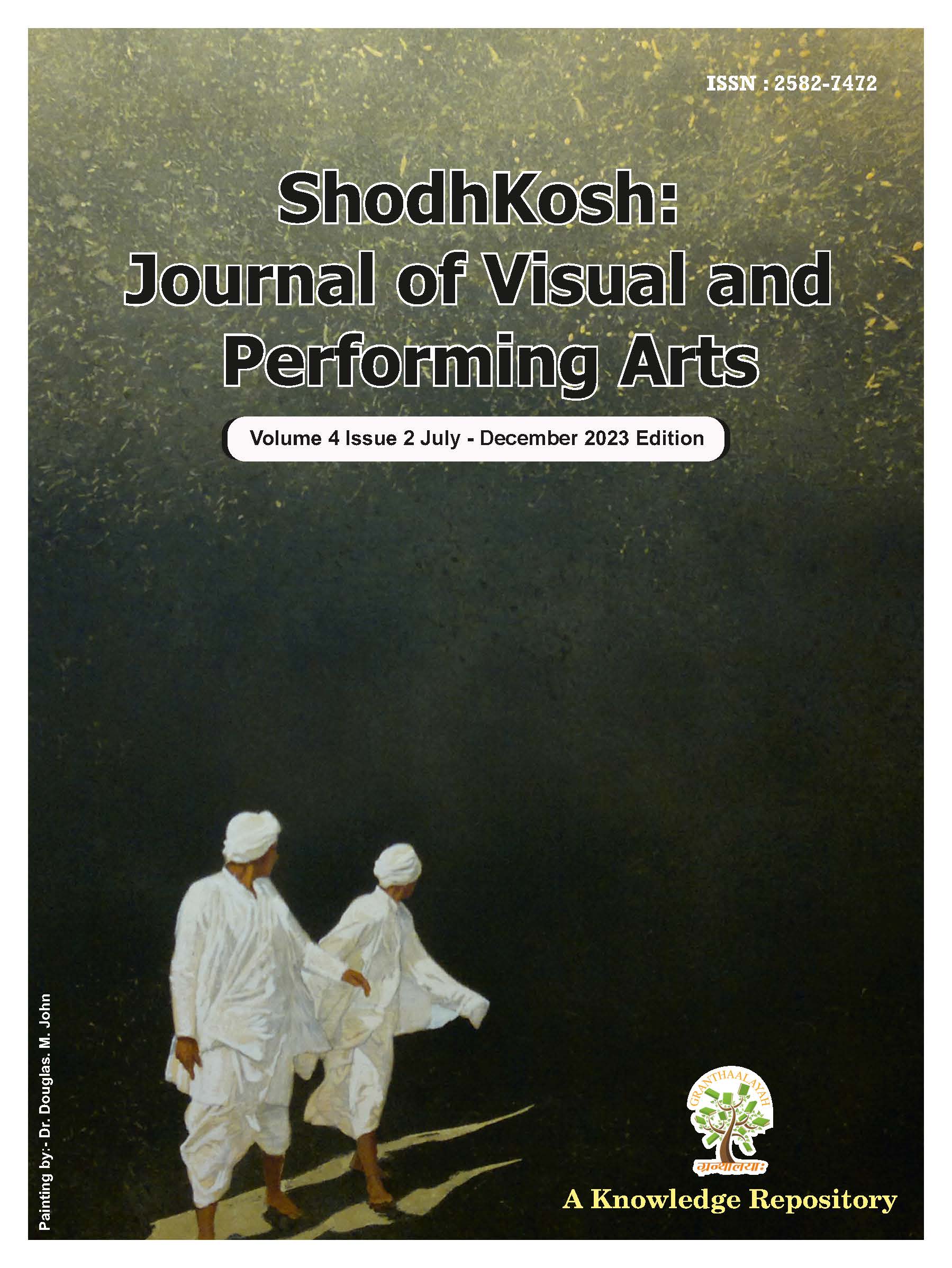EFFECTIVE TECHNIQUES FOR MANAGING WORKPLACE STRESS AMONG EMPLOYEES IN THE MODERN ERA
DOI:
https://doi.org/10.29121/shodhkosh.v4.i2.2023.4016Keywords:
Employee Stress, Stress Management, Cognitive-Behavioral Techniques, Time Management, Mindfulness, Organizational Support, Workplace Well-beingAbstract [English]
In today’s fast-paced and highly demanding work environment, employee stress has become an increasingly prevalent issue, adversely affecting both individual well-being and organizational productivity. This paper reviews various theoretical frameworks and evidence-based stress management techniques that can help mitigate stress among employees. Key strategies include cognitive-behavioral techniques, time management, mindfulness practices, and organizational support systems. By examining these approaches, this paper highlights effective methods for reducing stress and enhancing overall employee well-being. The study provides practical recommendations for organizations to incorporate into their employee wellness programs to promote a healthier, more productive work environment.
References
Beck, A. T. (1976). Cognitive therapy and the emotional disorders. International Universities Press.
Claessens, B. J. C., van Eerde, W., Rutte, C. G., & Roe, R. A. (2007). A review of the time management literature. Personnel Review, 36(2), 255–276. DOI: https://doi.org/10.1108/00483480710726136
Folkman, S., & Lazarus, R. S. (1984). Stress, appraisal, and coping. Springer.
Hofmann, S. G., Asnaani, A., Vonk, I. J., Sawyer, A. T., & Fang, A. (2012). The efficacy of cognitive behavioral therapy: A review of meta-analyses. Cognitive Therapy and Research, 36(5), 427–440. DOI: https://doi.org/10.1007/s10608-012-9476-1
Hülsheger, U. R., Alberts, H. J. E. M., Feinholdt, A., & Lang, J. W. B. (2013). Benefits of mindfulness at work: The role of mindfulness in emotion regulation, emotional exhaustion, and job satisfaction. Journal of Applied Psychology, 98(2), 310–325. DOI: https://doi.org/10.1037/a0031313
Kabat-Zinn, J. (1994). Wherever you go, there you are: Mindfulness meditation in everyday life. Hyperion.
Karasek, R. (1979). Job demands, job decision latitude, and mental strain: Implications for job redesign. Administrative Science Quarterly, 24(2), 285–308. DOI: https://doi.org/10.2307/2392498
Macan, T. H. (1994). Time management: Test of a process model. Journal of Applied Psychology, 79(3), 381–391. DOI: https://doi.org/10.1037//0021-9010.79.3.381
Quick, J. C., Quick, J. D., Nelson, D. L., &Hurrell, J. J. (2013). Preventive stress management in organizations. American Psychological Association. DOI: https://doi.org/10.1037/13942-000
Schaufeli, W. B., & Bakker, A. B. (2004). Job demands, job resources, and their relationship with burnout and engagement: A multi-sample study. Journal of Organizational Behavior, 25(3), 293–315. DOI: https://doi.org/10.1002/job.248
Downloads
Published
How to Cite
Issue
Section
License
Copyright (c) 2023 Dr. Arti Dhingra, Barkha Rani

This work is licensed under a Creative Commons Attribution 4.0 International License.
With the licence CC-BY, authors retain the copyright, allowing anyone to download, reuse, re-print, modify, distribute, and/or copy their contribution. The work must be properly attributed to its author.
It is not necessary to ask for further permission from the author or journal board.
This journal provides immediate open access to its content on the principle that making research freely available to the public supports a greater global exchange of knowledge.































